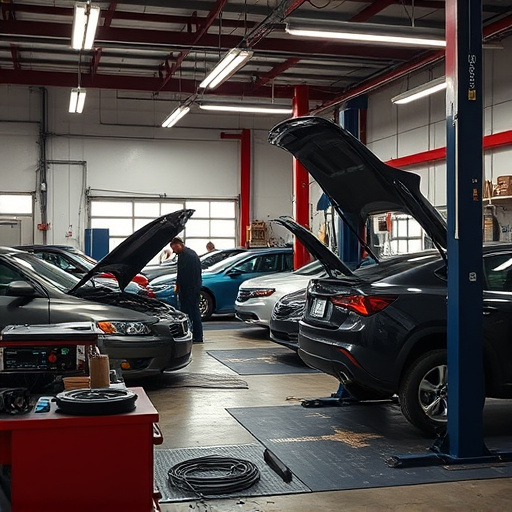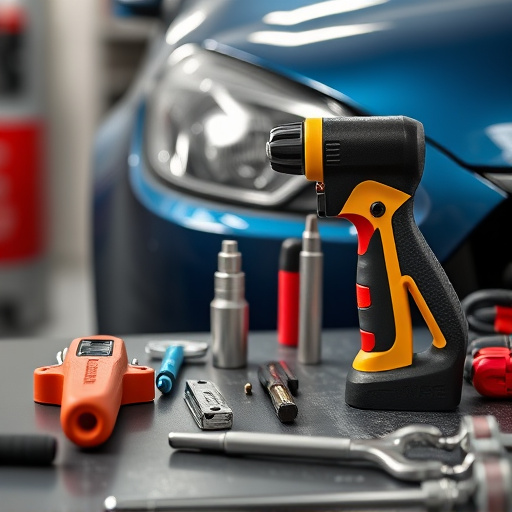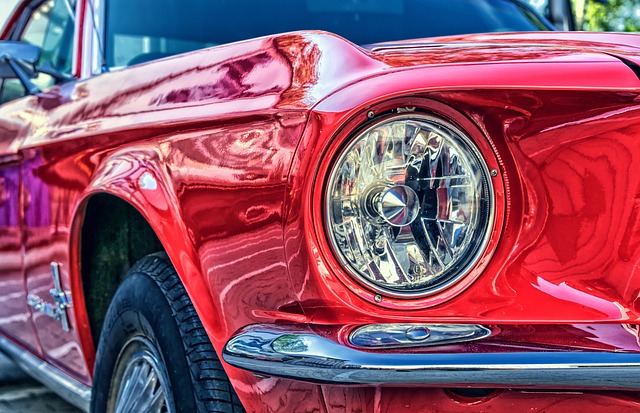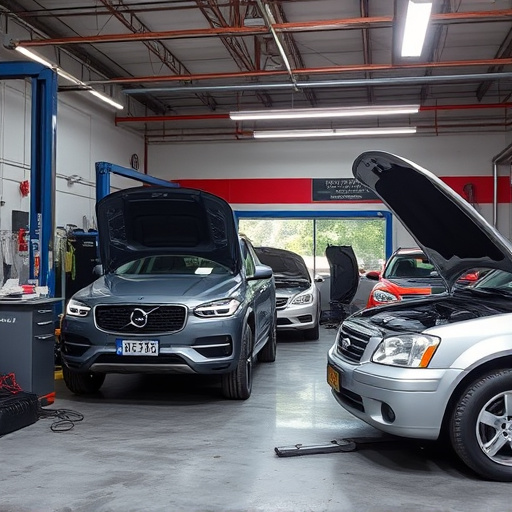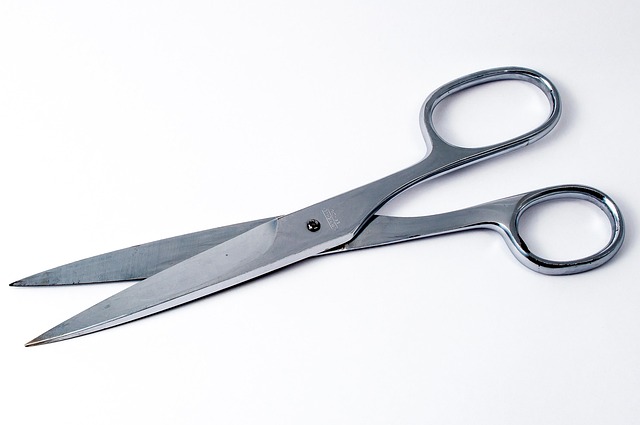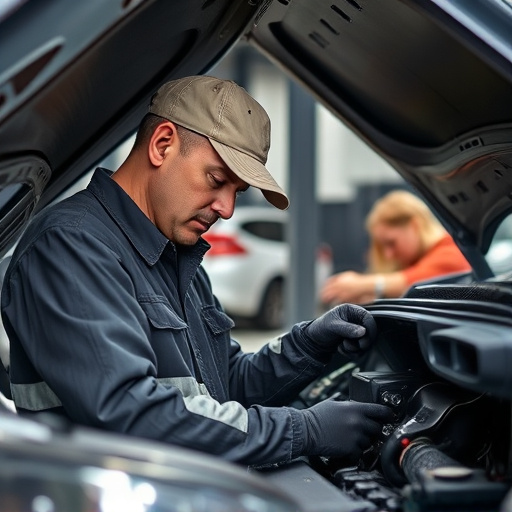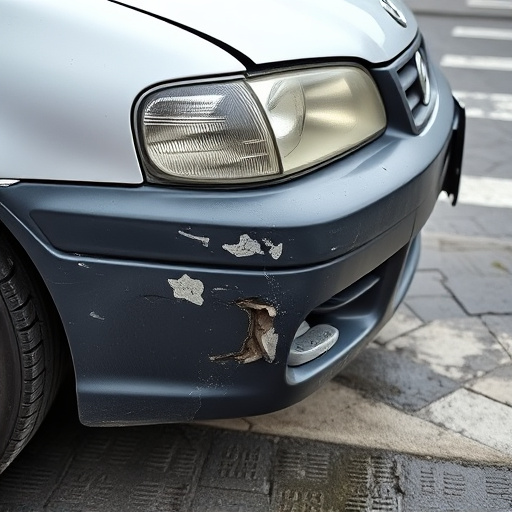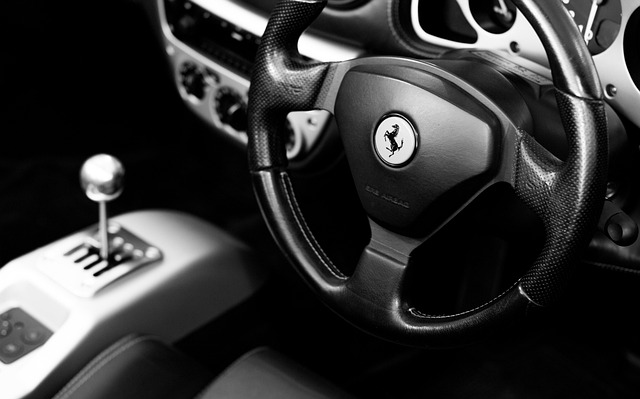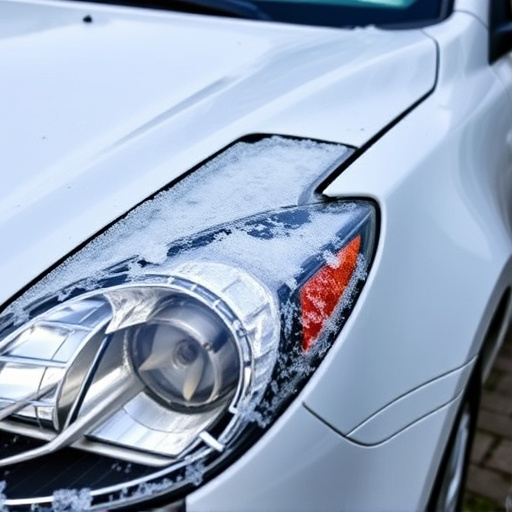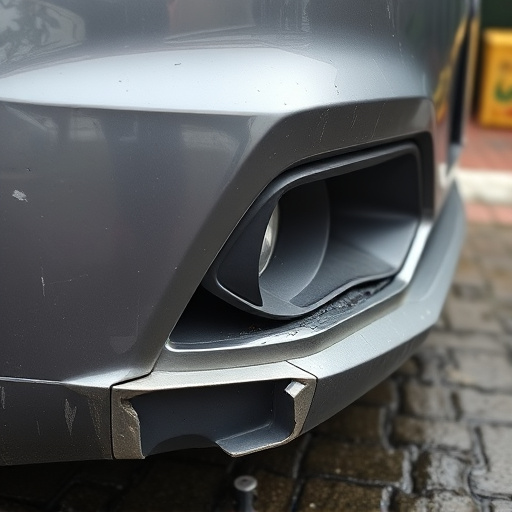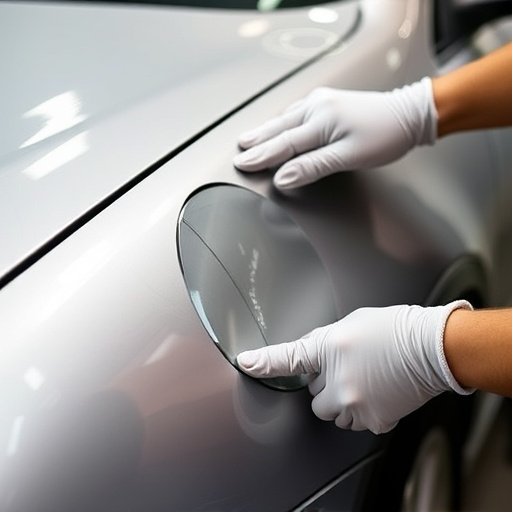Spectrophotometer color matching is a precise method for accurately analyzing and duplicating colors, crucial in industries like car dent repair requiring consistent color accuracy. It objectively quantifies colors, minimizing human perception biases. Proper setup and calibration are essential for accurate measurements. Mastering spectrophotometry techniques allows professionals to recreate vehicle paint nuances with remarkable consistency, ensuring exceptional visual appeal and integrity.
“New to the world of color science? This beginner’s guide to spectrophotometer color matching is your essential toolkit. Discover the fundamentals of this precise method, from understanding light interaction with matter to setting up and calibrating your spectrophotometer for flawless results. Learn proven techniques to master color matching, ensuring accurate and repeatable measurements every time. Elevate your color expertise with this comprehensive overview of spectrophotometer color matching.”
- Understanding Spectrophotometer Color Matching: The Basics
- Setting Up and Calibrating Your Spectrophotometer for Accurate Readings
- Mastering the Art of Color Matching Using Spectrophotometry Techniques
Understanding Spectrophotometer Color Matching: The Basics
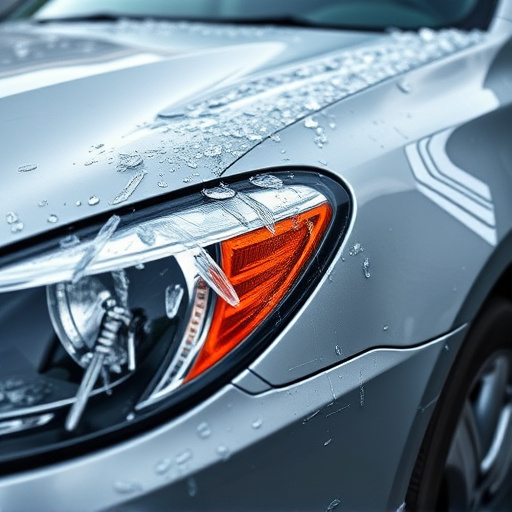
Spectrophotometer color matching is a precise method used to analyze and match colors accurately. It involves measuring the intensity of light at specific wavelengths to determine a color’s unique characteristics. This technology is particularly valuable in industries where consistent color accuracy is paramount, such as automotive paint repairs (car dent repair and car damage repair). By using a spectrophotometer, professionals can ensure that new paint matches the exact shade of the original, providing a seamless restoration.
The process begins with the instrument scanning a sample of the target color, capturing its spectral data. This data is then compared to a database of known colors or another reference standard to find an exact match. Spectrophotometers offer significant advantages over traditional visual matching methods by objectively quantifying colors, eliminating subjective human perception biases. Whether you’re in the automotive industry (car dent repair and car damage repair) or any other field requiring precise color coordination, understanding spectrophotometer color matching is a crucial step towards achieving impeccable results.
Setting Up and Calibrating Your Spectrophotometer for Accurate Readings
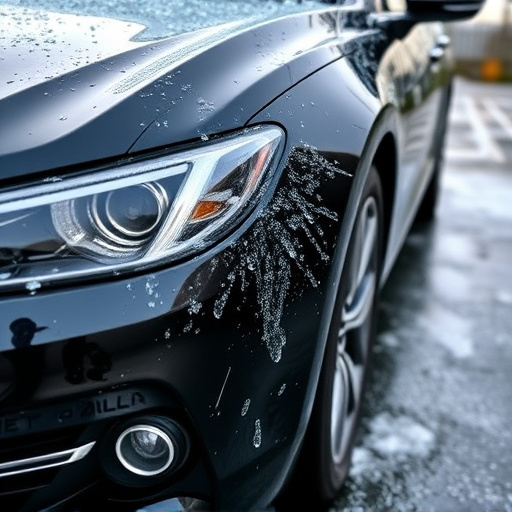
Before performing any color matching tasks with your spectrophotometer, proper setup and calibration are essential for achieving accurate readings. Start by ensuring your device is clean and free from any debris or fingerprints. Use a microfiber cloth to wipe down the measurement area and optical components. Next, refer to the manufacturer’s guidelines for setting up the instrument according to your specific model. This process often involves adjusting the wavelength settings and ensuring the detector is positioned correctly.
Calibration is another critical step in achieving reliable results with your spectrophotometer. Most devices come with calibration standards or solutions that you can use to fine-tune its accuracy. By comparing unknown samples to these standards, you can minimize errors and deviations, making your color matching process more efficient. This initial setup and calibration will serve as the foundation for accurate and consistent measurements in all subsequent spectrophotometer color matching tasks, whether for auto body services, dent removal, or collision center applications.
Mastering the Art of Color Matching Using Spectrophotometry Techniques
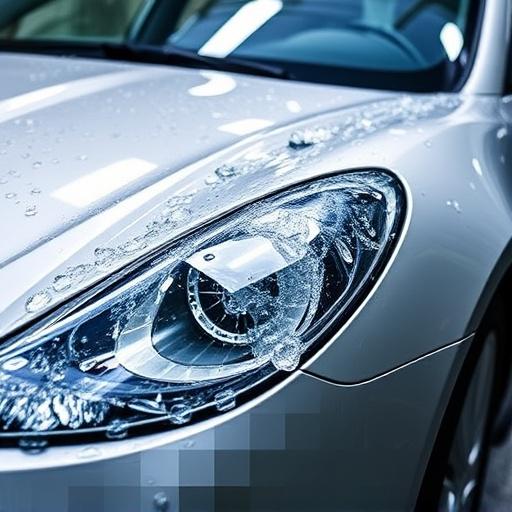
Mastering the Art of Color Matching Using Spectrophotometry Techniques
In the realm of precision color matching, spectrophotometry stands as a game-changer for professionals in industries like collision repair and car bodywork services. This advanced technology allows for an unparalleled level of accuracy when aiming to match the exact hue, shade, and tone of vehicle paints. By measuring light absorption at specific wavelengths, spectrophotometers capture detailed color data, enabling experts to recreate even the most subtle nuances with remarkable consistency.
Whether it’s for car paint services or meticulous restoration projects, understanding spectrophotometer color matching opens doors to exceptional outcomes. Professionals can now confidently replicate original colors, ensuring that every repair or customization seamlessly blends with the vehicle’s existing bodywork. This level of precision not only enhances visual appeal but also maintains the integrity of the car’s overall aesthetics, making spectrophotometry an indispensable tool for achieving perfect color matches in collision repair and car bodywork services.
For beginners delving into spectrophotometer color matching, this guide offers a solid foundation. By understanding the basics, setting up and calibrating your instrument accurately, and mastering various color-matching techniques, you’ll be well-equipped to achieve precise results. Spectrophotometer color matching is a powerful tool for professionals across industries, enabling them to ensure consistency, quality, and accuracy in their work. With practice, you too can become an expert in this scientific art.

